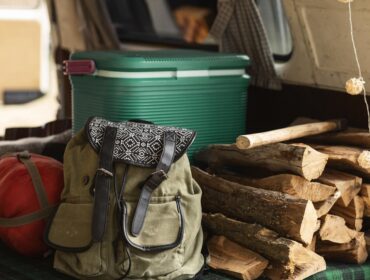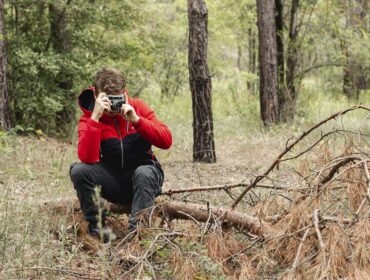Australia is well-known as home to many exotic and unique creatures. One of those creatures is a numbat, also known as the marsupial anteater. These nimble but slow moving mammals have bushy tails and narrow noses, with red/brown color and a series of white stripes horizontally down their back.
A relative of the kangaroo, measuring up to about 10-14 inches long and are very squirrel-like in appearance. These small marsupial creatures are now endangered, and the only wild ones remaining are found in the southwest corner of Australia.
Numbats breed in late winter, and generally only birth one litter a year even with a short 15-day gestation period. Litters often have 4 young. Unlike their marsupial cousin the kangaroo, numbats do not have a pouch for their young.

Babies are born prematurely and must latch to their mother’s belly for months until they are able to walk, see and eat independently. Once weaned the babies typically stay in their nest or accompany the mother by clinging to her back.
Females are fully grown and sexually mature about a year after birth while males have another year of adolescence before reaching mating age. The captive life span of a numbat is 5-6 years, and seems to be less in the wild. The diet of the juvenile and adult numbat includes termites and ants. Consuming up to 10,000 ants a day, its no wonder where the nickname anteater originated!
This woodland dweller prefers open forest areas that include eucalyptus trees, and require hollow logs and leaves for shelter and building nests. These habitats have faced serious destruction over the past 200 years, leading to the endangerment of these anteaters. Foxes, dogs, and cats are also a threat because this marsupial is slow oving and easy for these predators to catch.
Conservation efforts include regulation of hunting, captive breeding, and protecting habitats. Harassment and hunting has been made illegal under Australian law. Efforts to conserve wooded areas and control the feral dog and cat population are the only chance for ensuring the survival of this species.
Featured Image from Ken Griffiths/Shutter Stock




